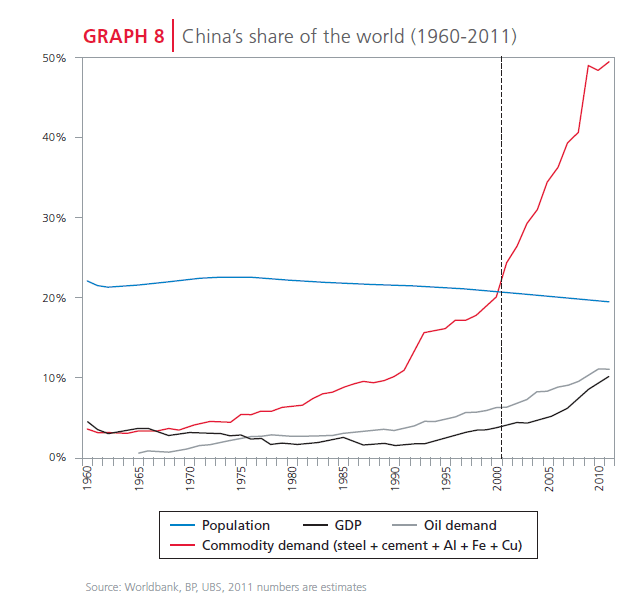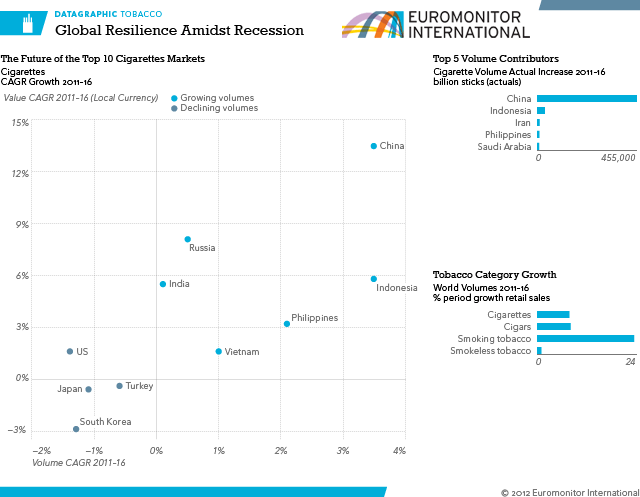Nationalised family, privatised state
U.S. poverty rates higher, safety net weaker than in peer countries
How democracy begins: Evidence from colonial British America
Policy Basics: Where Do Our Federal Tax Dollars Go?
36 weird economic indicators that you’ve never heard of
How to profit from Brazil’s infrastructure splurge
Musee du Louvre, Paris, France




